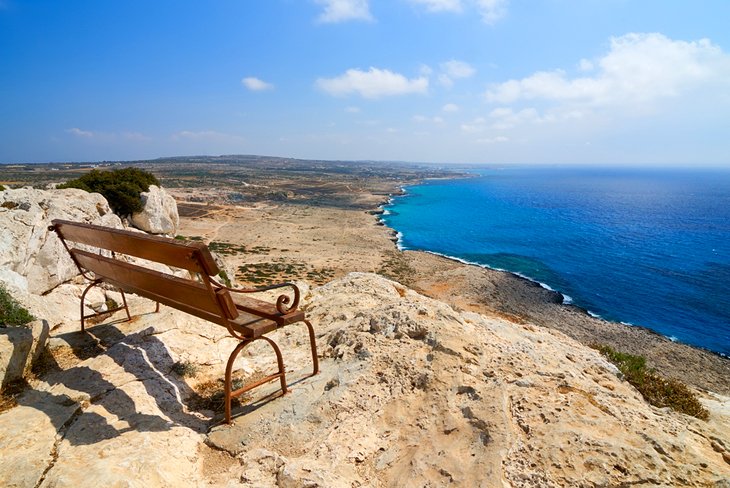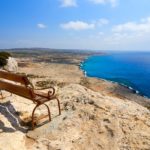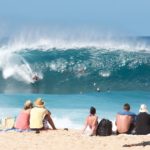The beautiful island of Cyprus is the third largest island in the Mediterranean Sea, to the south east of Greece and south of Turkey. The island enjoys a mild climate and has a rich natural heritage.
The following are just a few of the many natural attractions for visitors to explore on their holidays to Cyprus.
The Beaches
Cyprus offers a variety of different beaches to suit everyone. These include golden, white and dark sandy beaches, pebble and rock beaches, isolated in green or desert environments, lagoon style to rough sea-like waters; this list goes on and on. All of the beaches are very clean with more than 50 having been awarded the Blue Flag. More than 30 of the islands beaches have facilities for handicapped visitors.
The Ayia Napa Nissi Beach, Protaras Bay Beach and Konnos Beach in the east have soft golden sands and calm clear waters while the beaches in Larnaca have much darker sands. Limassol beaches have many hotels right on the shoreline while the Pissouri there are high cliffs on two sides of the bay. Paphos beaches are similar to those found in Limassol but if you are looking for more isolated beaches you should go to Latchi or Polis. For complete isolation the Lara coast, west of the Akamas peninsula, will give you the complete solitude you are looking for! Some of the beaches to the east of Limassol are quite amazing with a combination of white rock and dark sand. Be aware that on the west coast, north of Paphos, the seas tend to be much rougher than in other parts of the island.
To the west of Paphos in Ayia Napa and Cape Greko there are some very interesting sea caves with great surroundings for you to explore. It should be noted that if you do enter the caves you must make sure you do not disturb the bats and other animals that use the caves as a refuge.
Walks and Hikes
Walkers and hikers are spoilt for choice in Cyprus. The Troodos Mountains and Paphos Forest offer many walks in lush green surroundings including Platy Valley, Cedar Valley and The Caledonia Waterfalls. The Akamas Peninsula offers the perfect environment where you can walk right along the coast in the north west of the island. Between Ayia Napa and Protaras is the Cape Greko Park which although quite small is ideal for the whole family to explore. Whilst walking in the Troodos Mountains you will come across some interesting (manmade) Venetian bridges, small waterfalls (the best ones are in the Platres area) and ancient trees. About 30 of these trees have been declared as ‘natural monuments’ with all of them being more than 100 years old and a few over 1000 years old.
Dams and Lakes
Many visitors to Cyprus do not realise that the island has many wetlands and dams. Many of the wetlands attract avid birdwatchers, while the dams attract anglers. The most important wetlands are found in Akrotiri and Larnaca, and some of the most interesting dams are Lefkara dam, Evretou dam and Xyliatos dam.
Many walkers find the summer heat too hot for anything too exerting and prefer to visit the island in the early spring when the mountains are verdant and green with fruit trees in full bloom. Temperatures in the spring are in the 20’s with plenty of sunshine, perfect for discovering Cyprus by foot. There are always lots of last minute holidays to Cyprus throughout the internet, perfect for discovering the natural wonders of the island.











